Photographer Brendan Barry was commissioned by the Exeter Canal and Quay Trust to turn a room in the Custom House in Exeter, U.K. into a large camera obscura.
Barry had a residency at the Custom House in Exeter and during his time, he used a variety of analog cameras to capture images of Exeter Quay. Of his work, Barry says, ‘My work aims to challenge our understanding of what a camera is, what it can do and how one can be constructed, taking the whole notion of what a camera might be, unpicking these preconceptions and creating new ways of inviting an audience into having a transformative experience in a space.’
 |
| Image credit: Brendan Barry |
Brendan continues, ‘During my residency at the Custom House I will be transforming a number of rooms in the building into giant cameras and using them to capture images of Exeter Quay using a range of analog photographic processes and techniques.’ Barry created a very informative video of the experience, which can be seen below. In his video, Brendan shows the entire process, from his approach to building a camera obscura and the equipment he uses to create large prints.
As you can see, Brendan required a lot of equipment for his project. After getting his equipment into the upstairs room, he must create a large frame with a backboard to hold the photographic paper. Next is setting up the lens holder in the room’s window, blacking out the rest of the window and setting up a holder for a graduated neutral density filter to ensure a balanced exposure.
 |
| Image credit: Brendan Barry |
This is not Brendan Barry’s first foray with making a large analog camera. You can check out Barry’s previous projects in which Barry turned his shed into a camera, as well as an older project wherein he turned a skyscraper into a camera obscura.
If you’d like to see more videos from Brendan Barry, be sure to check out his YouTube channel. To see more of his work, visit his website and follow him on Instagram.
Articles: Digital Photography Review (dpreview.com)






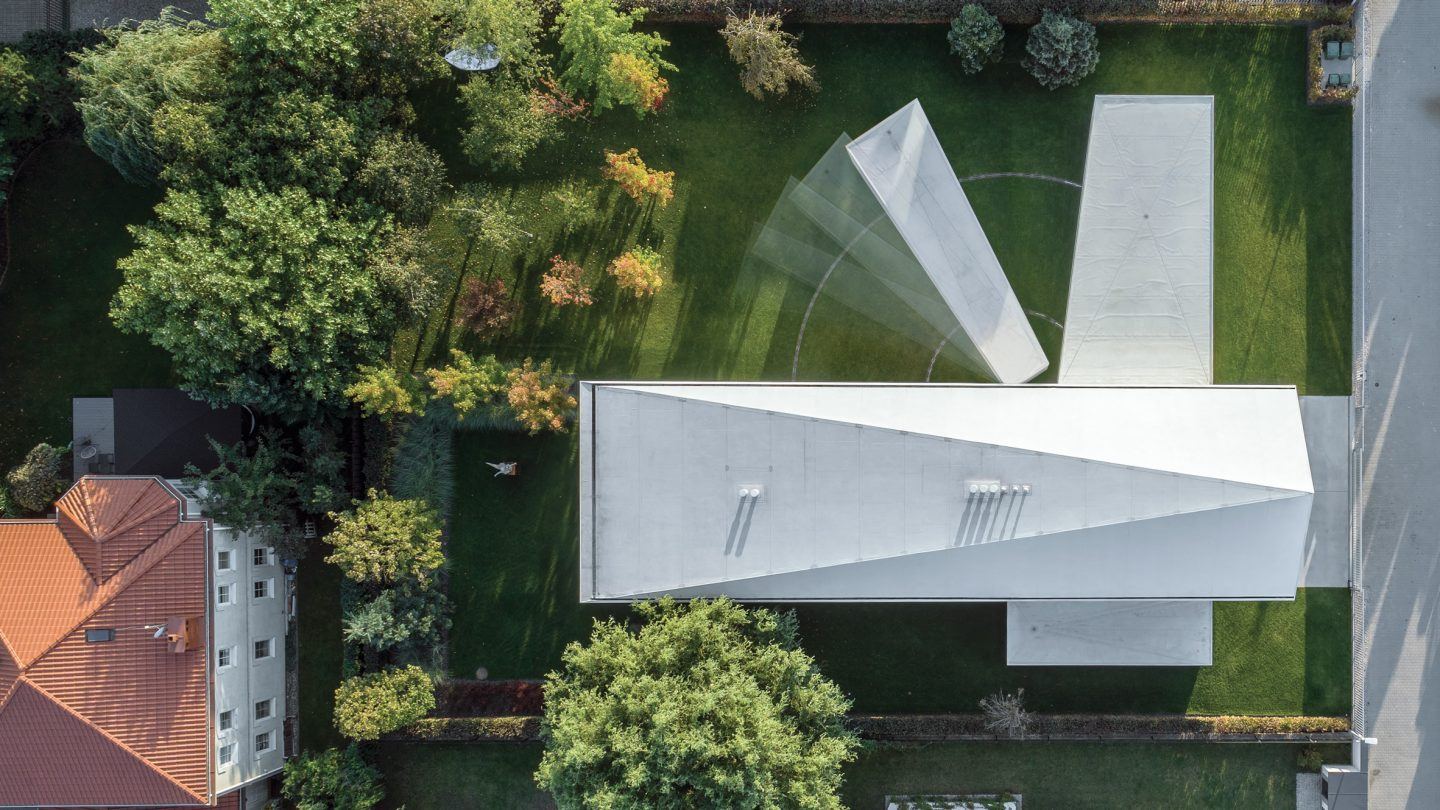
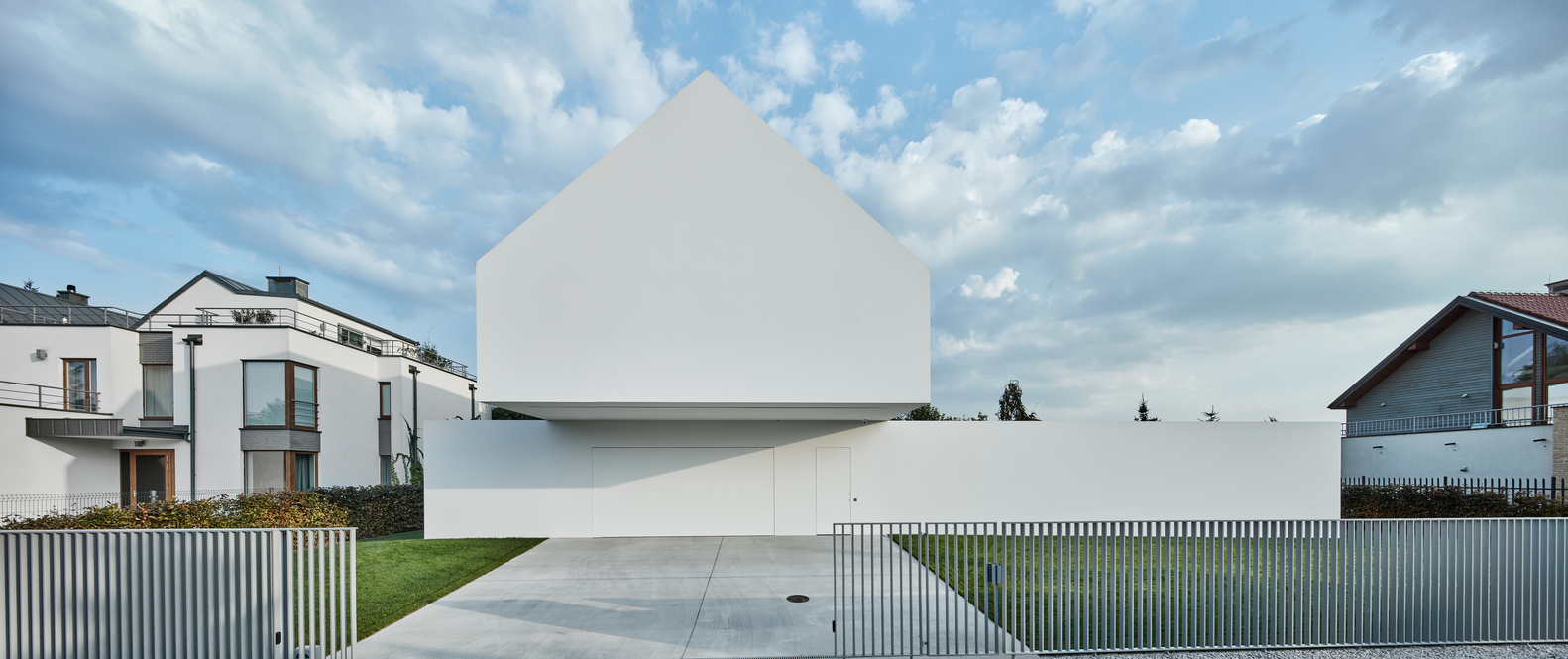
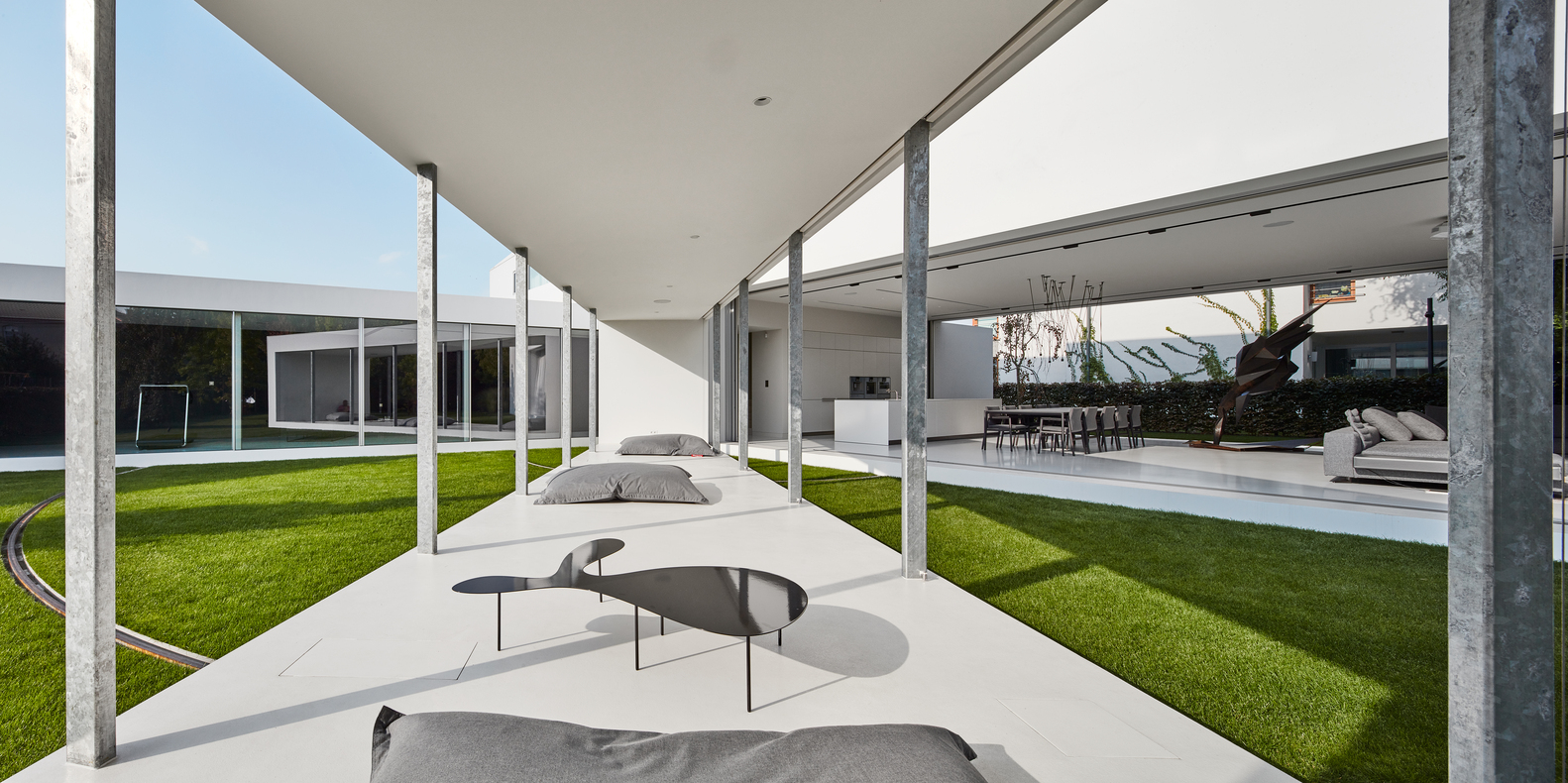
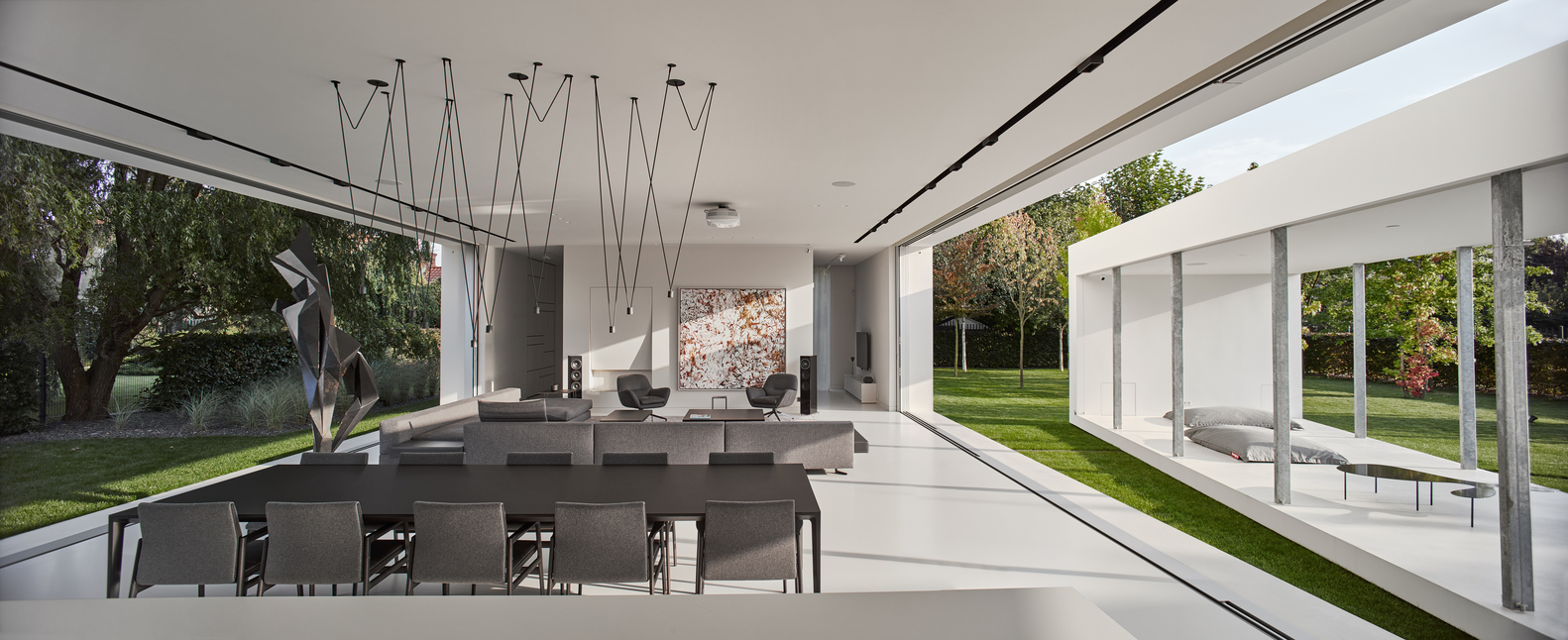
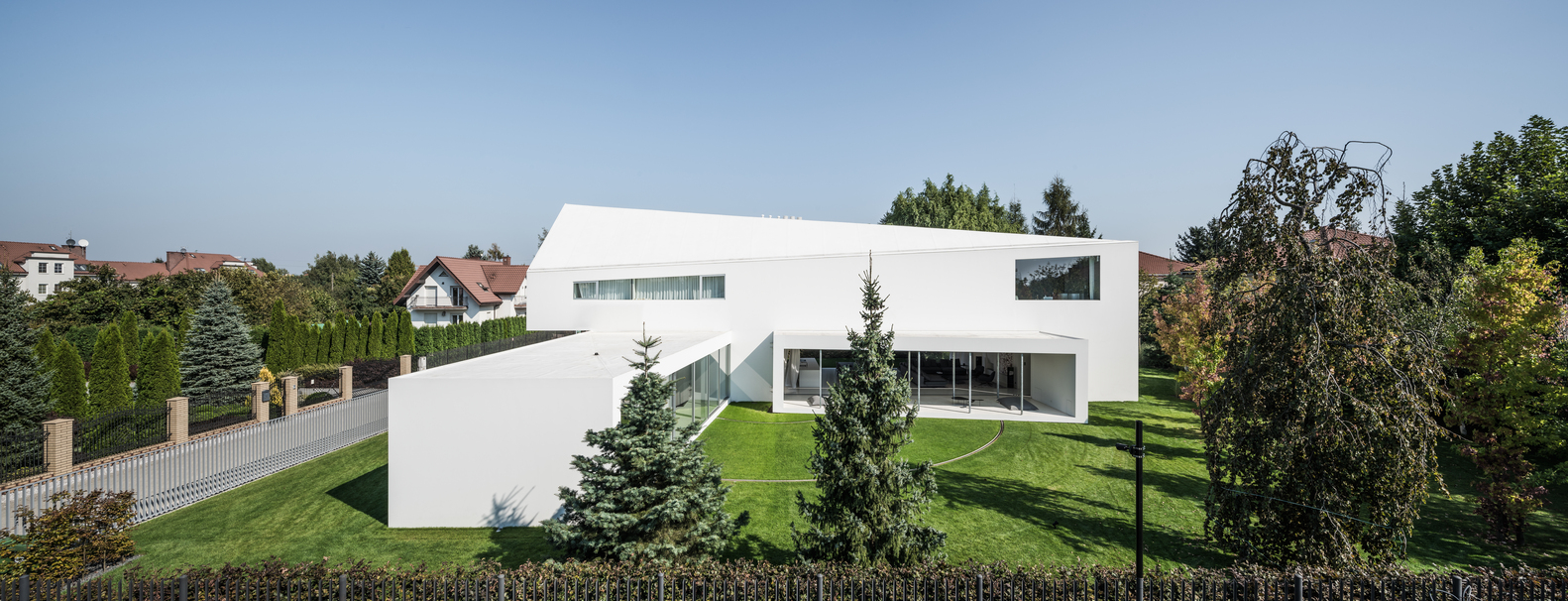
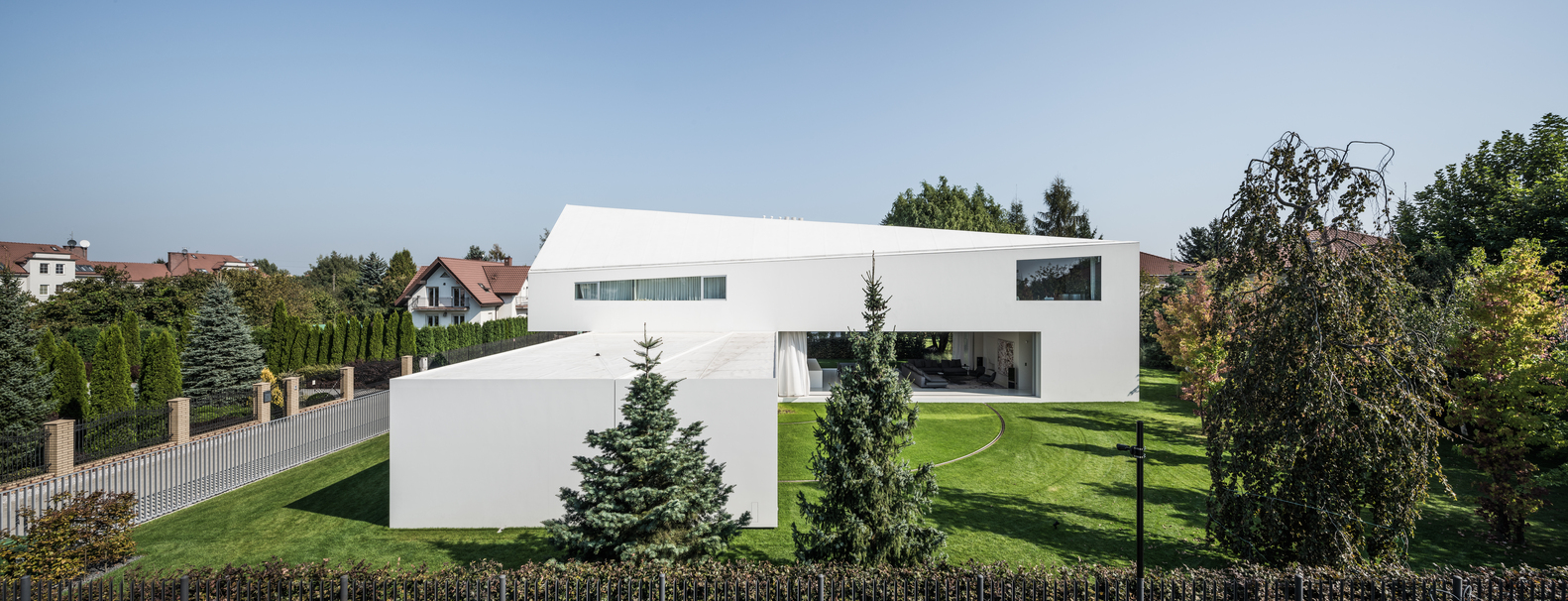
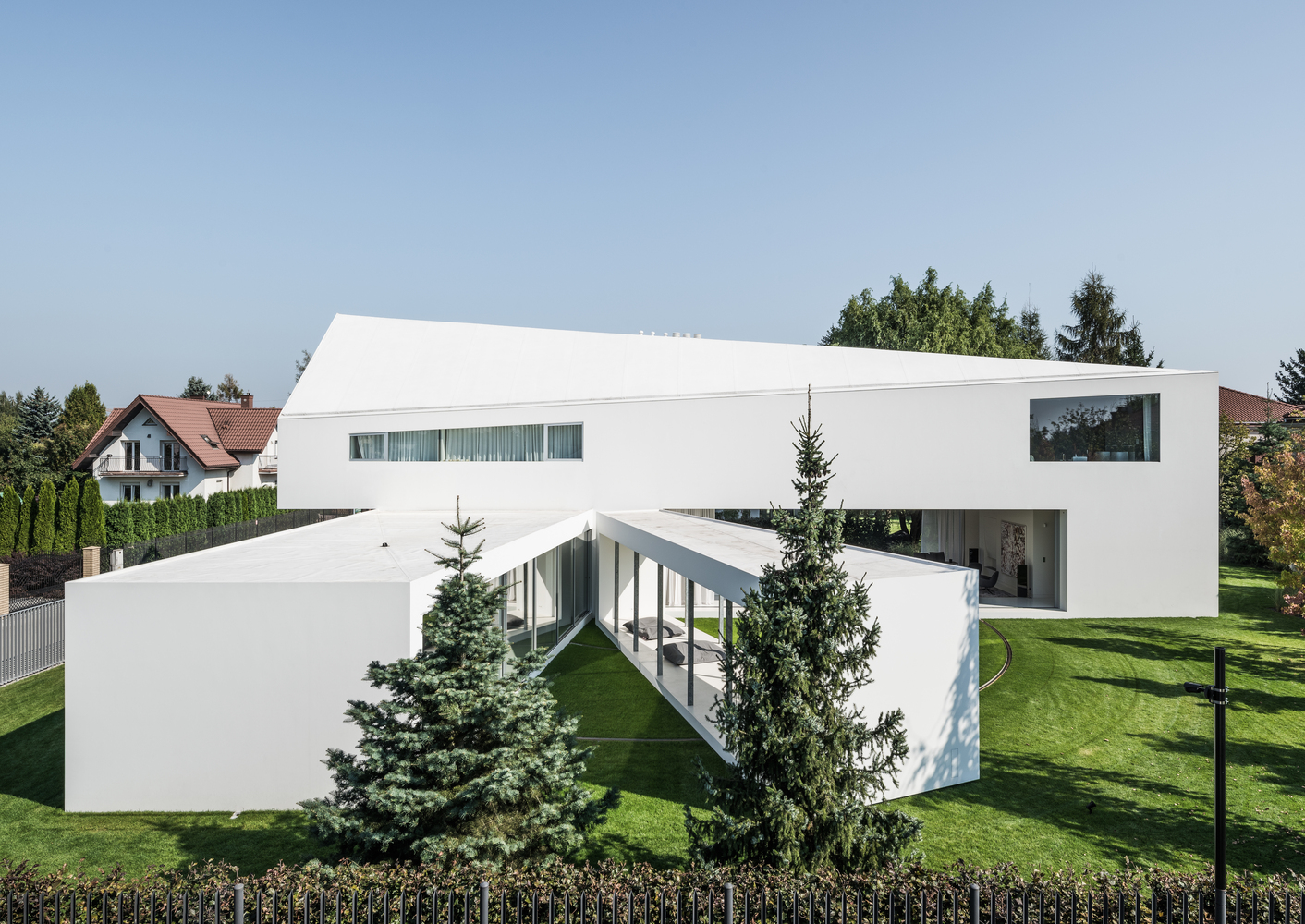
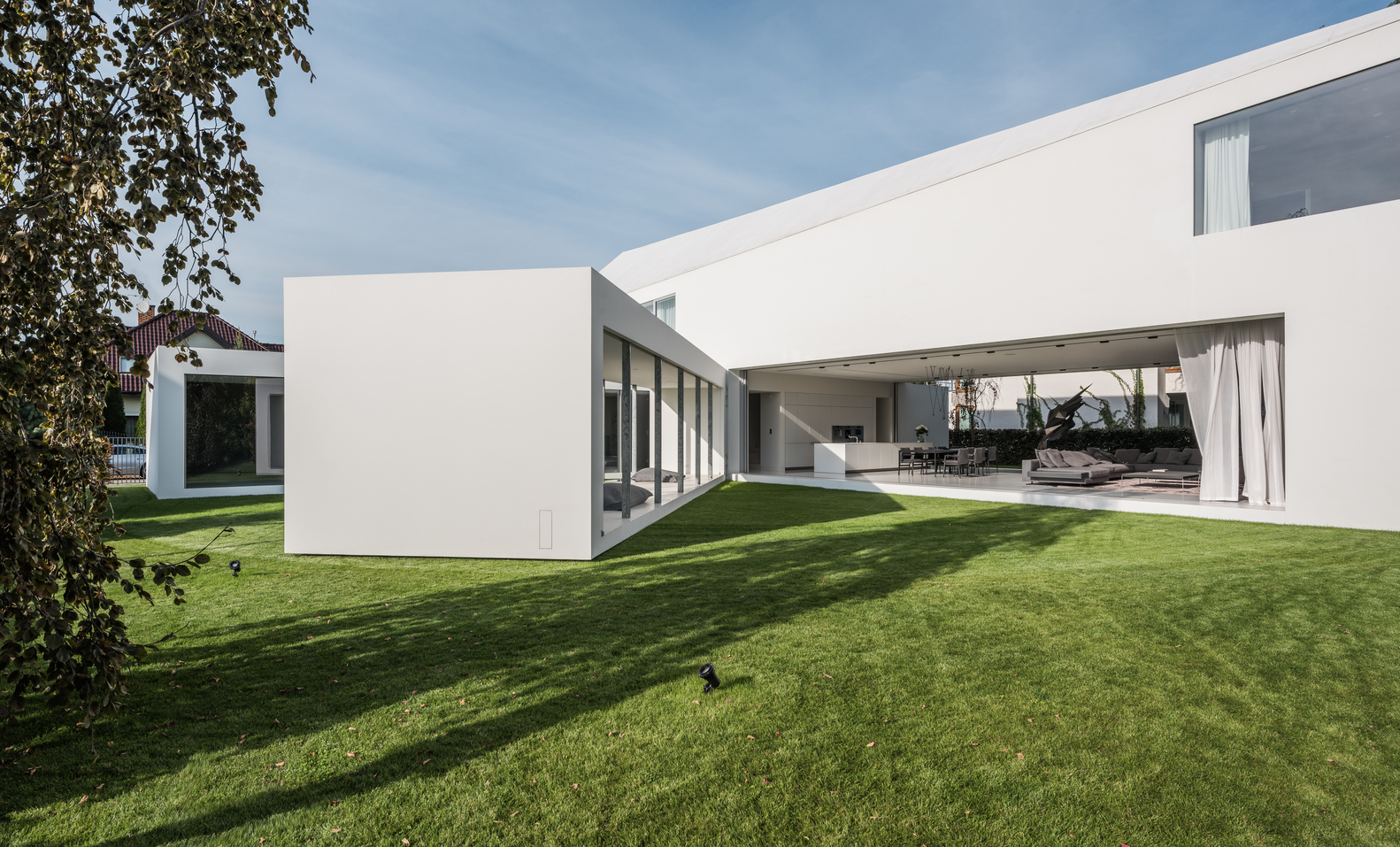
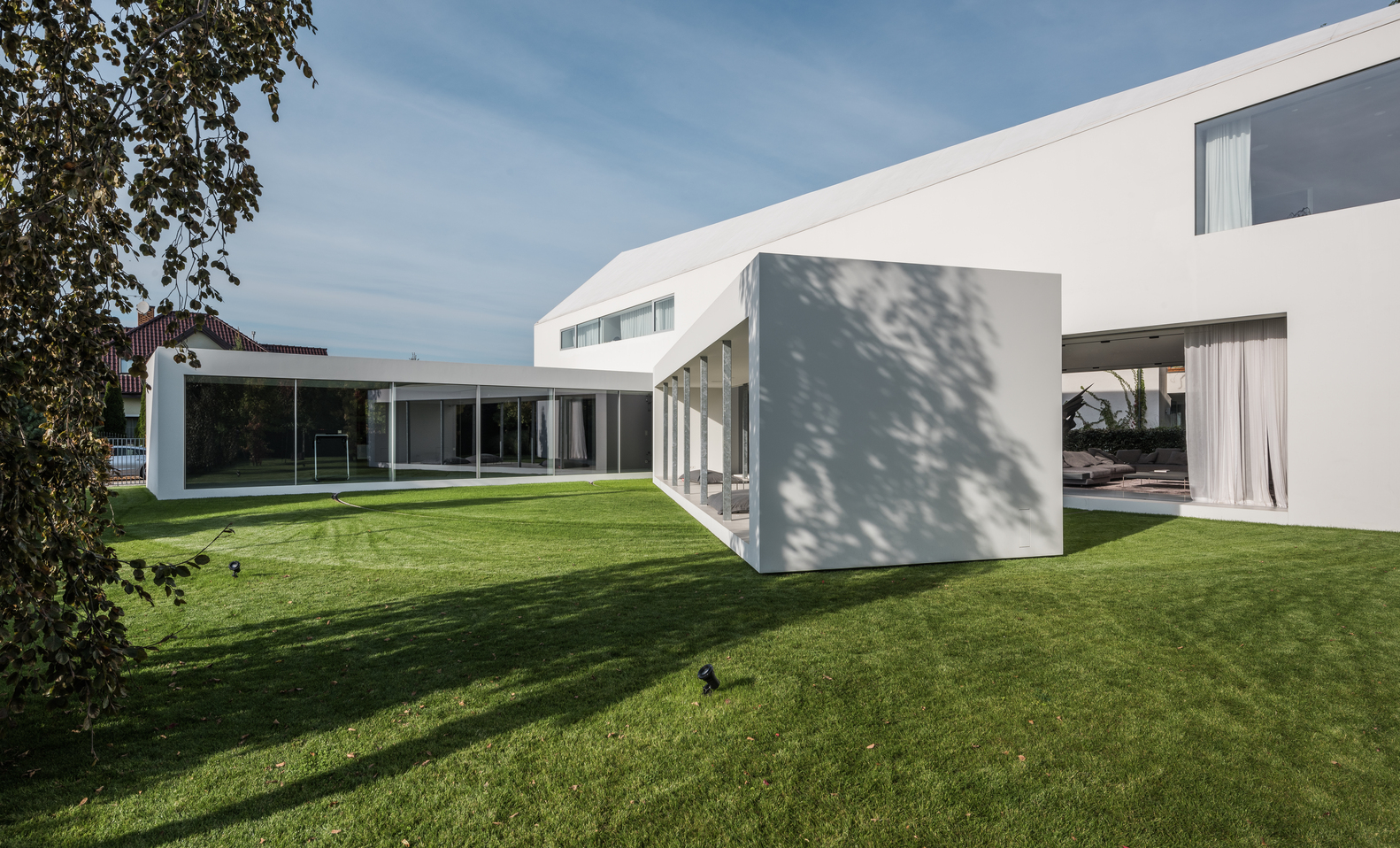


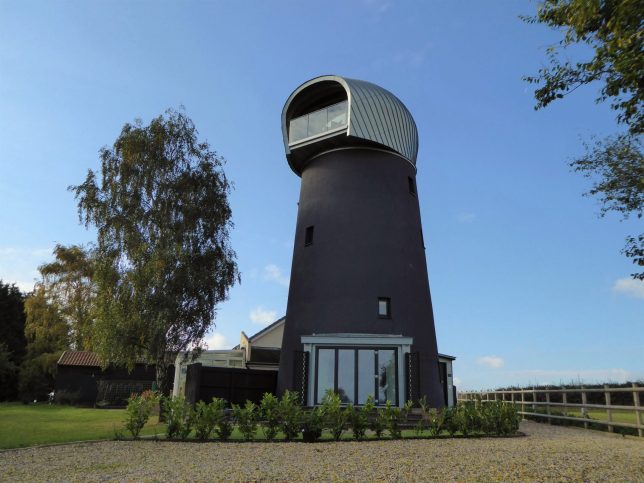
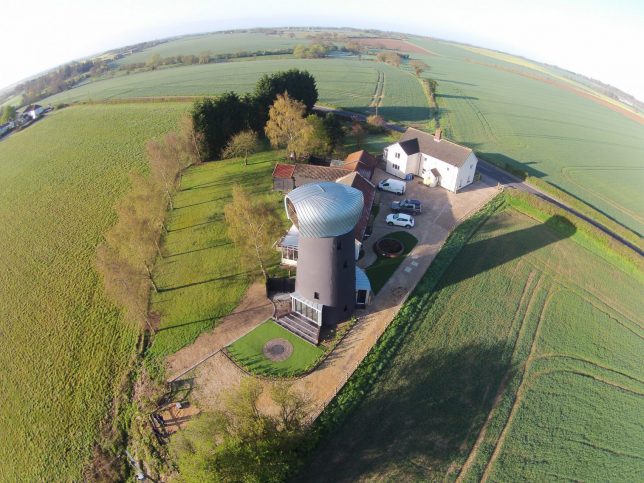
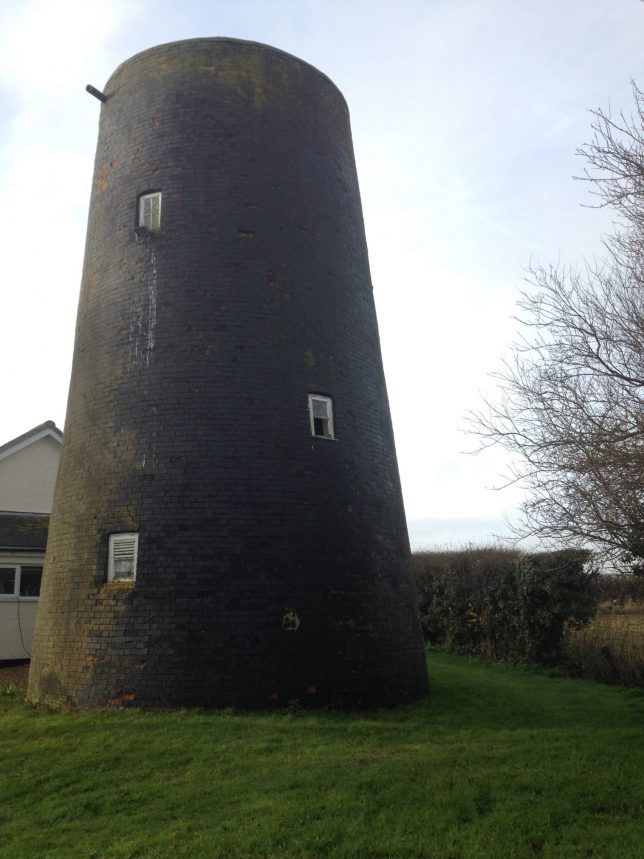
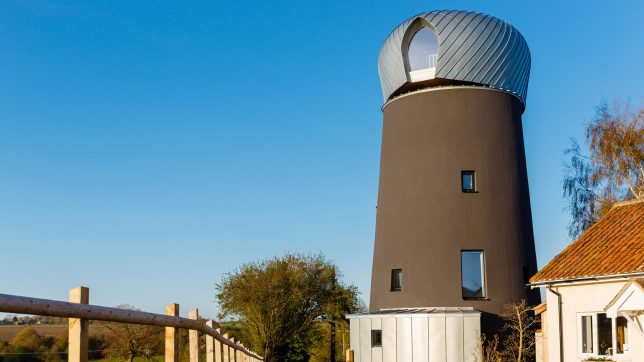
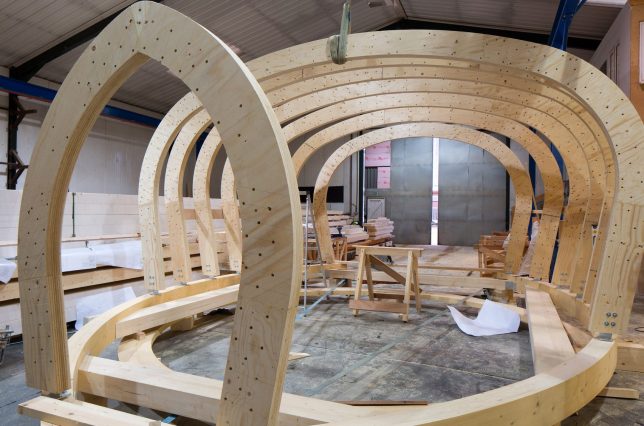
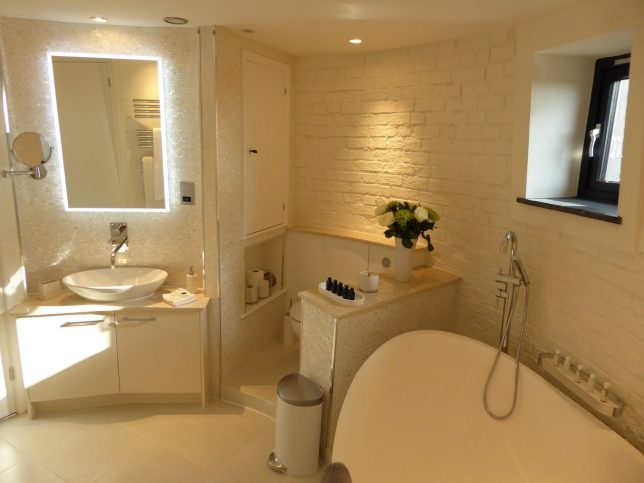
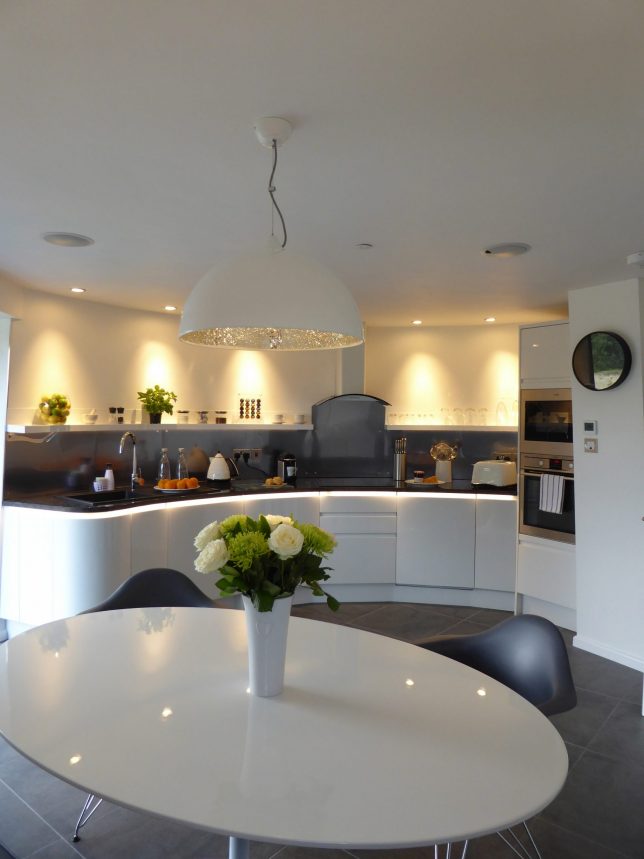




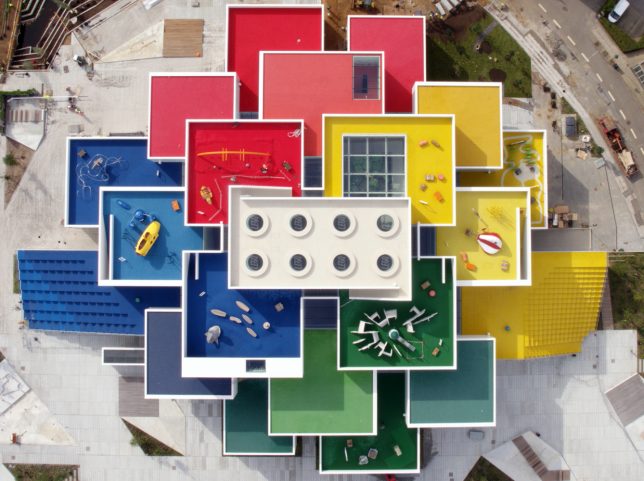
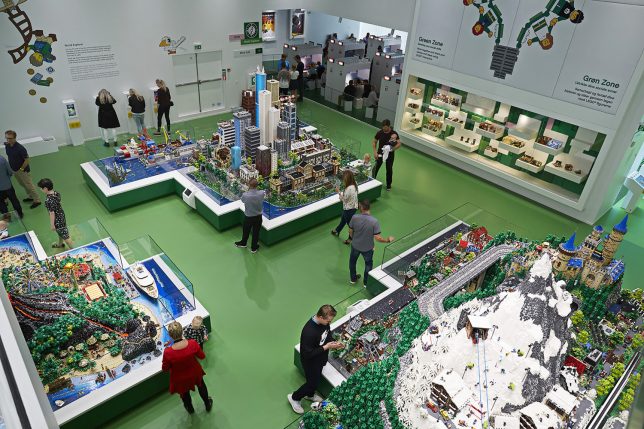
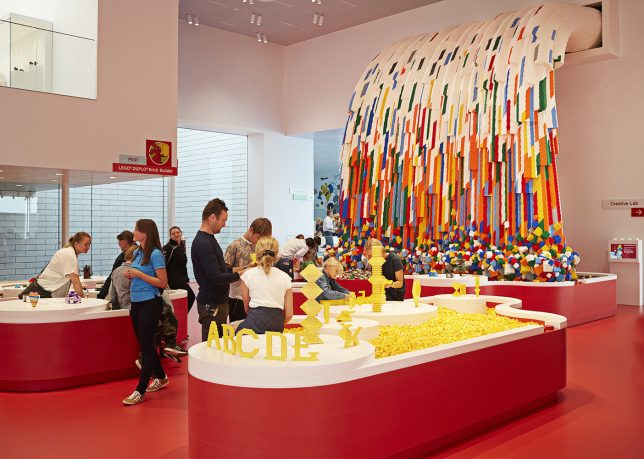
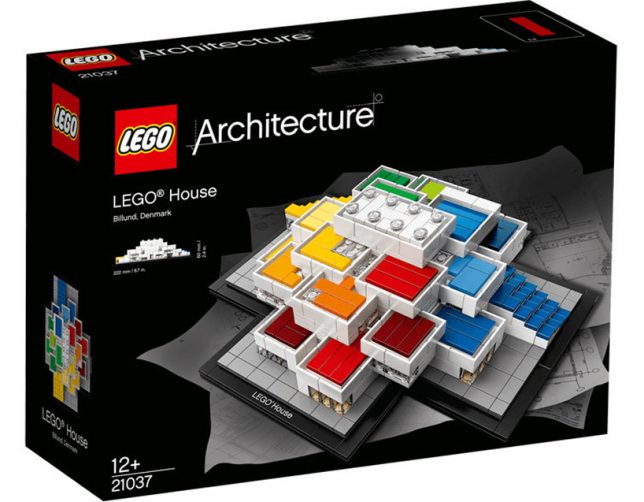
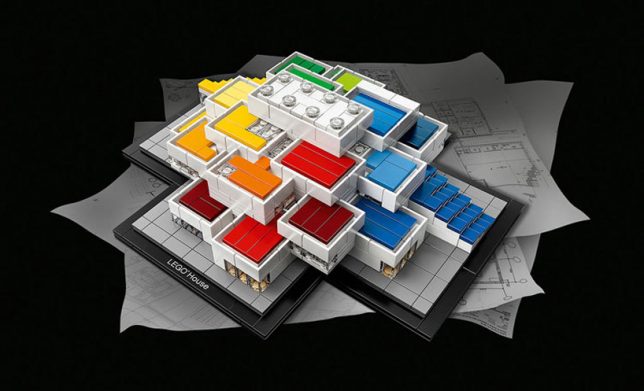
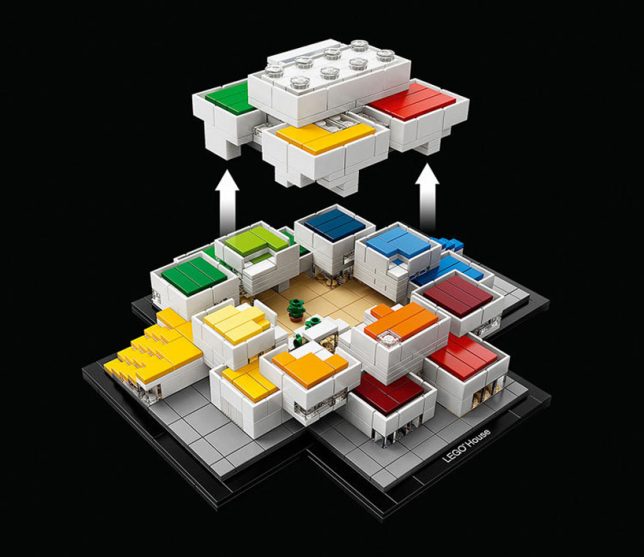
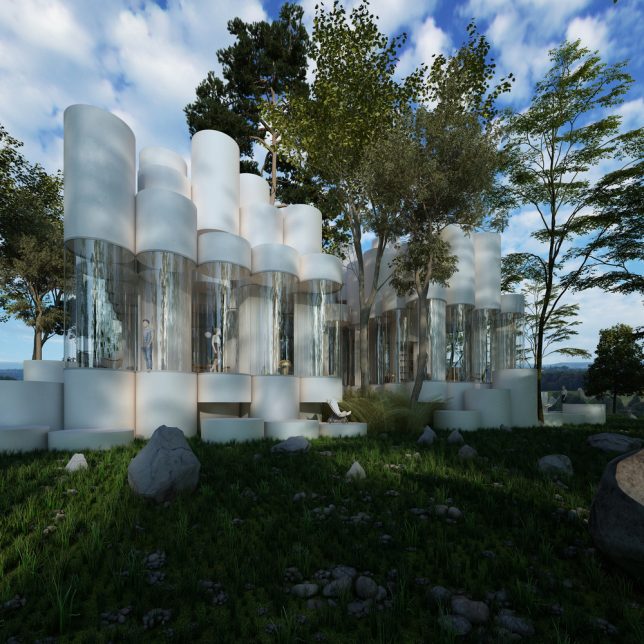
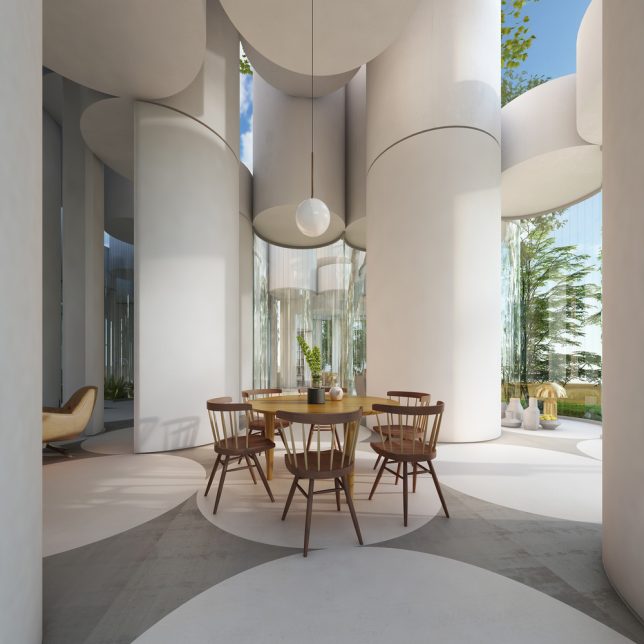
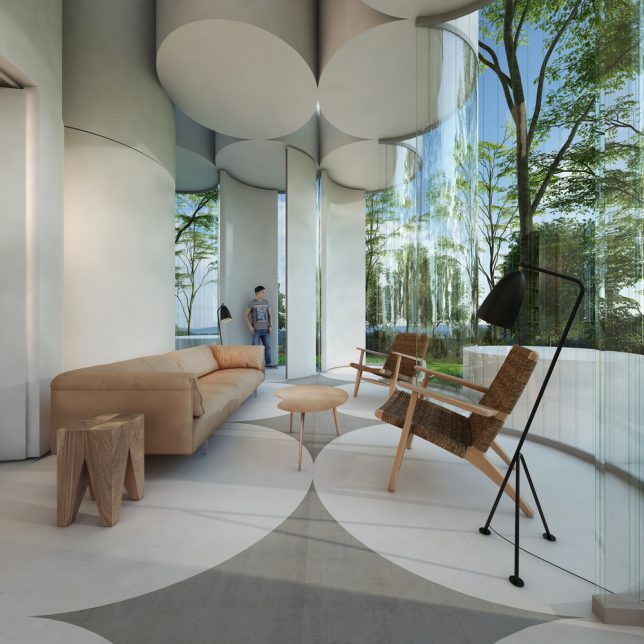
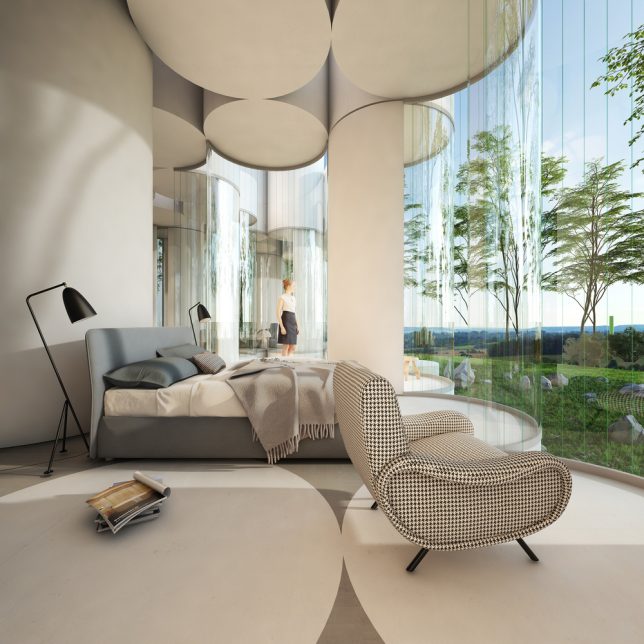
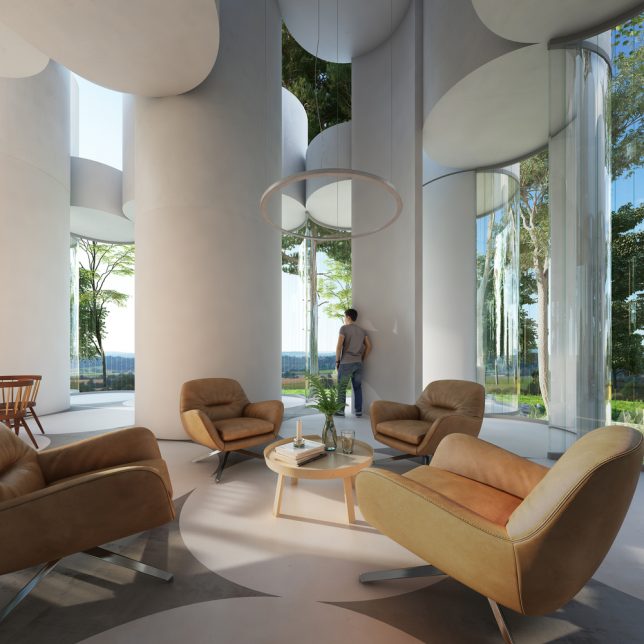
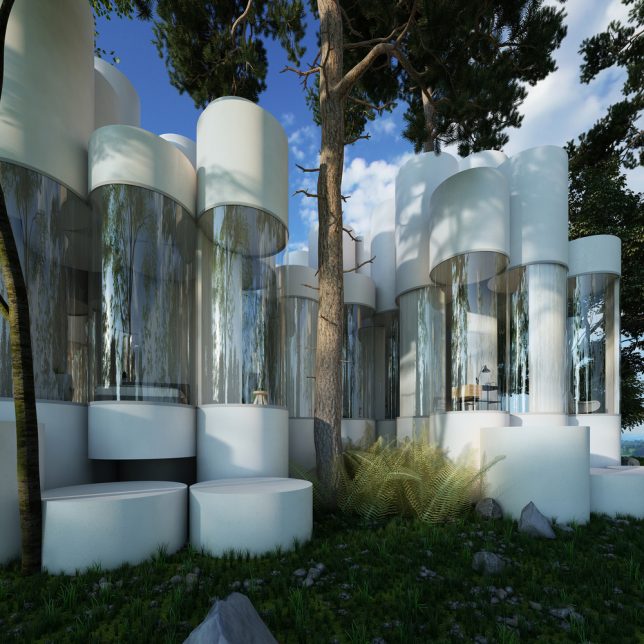
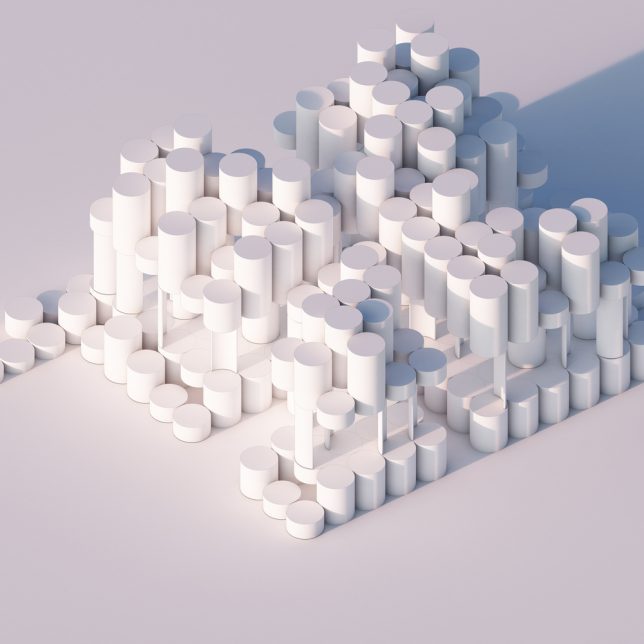
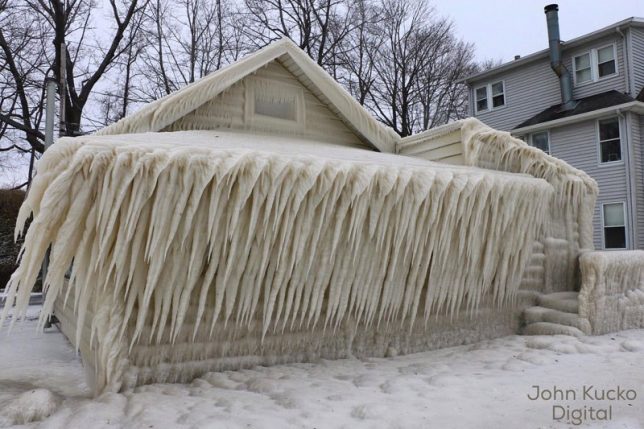
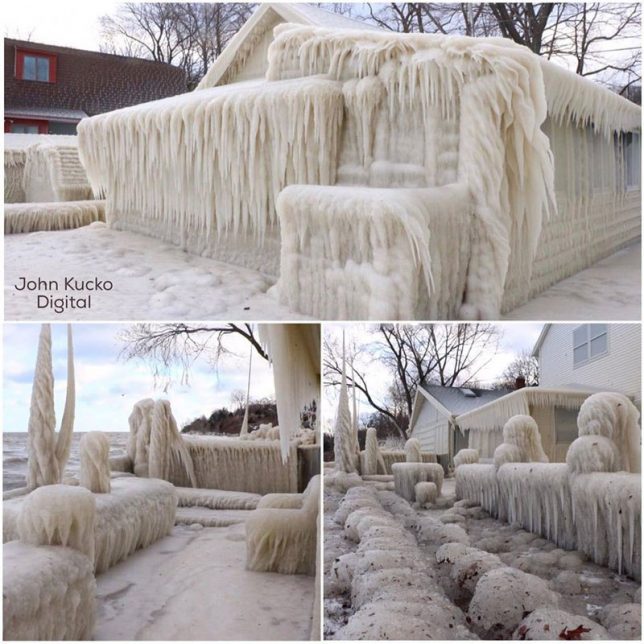
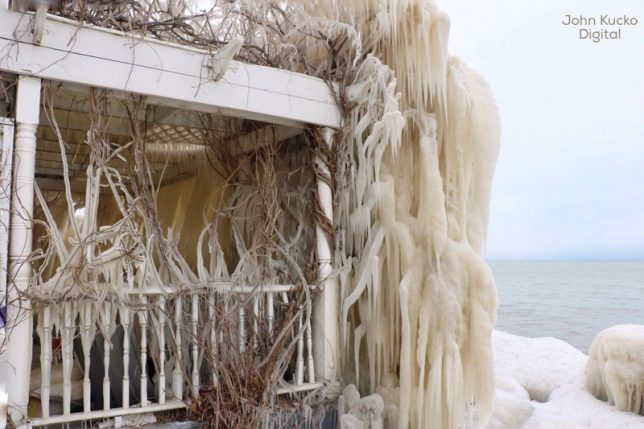
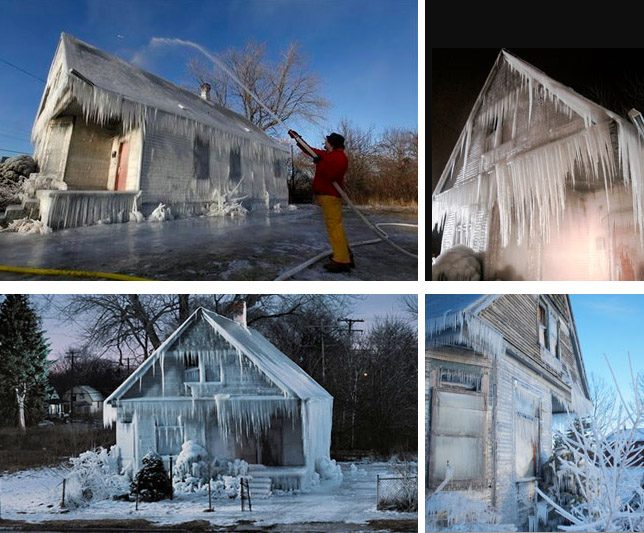
You must be logged in to post a comment.